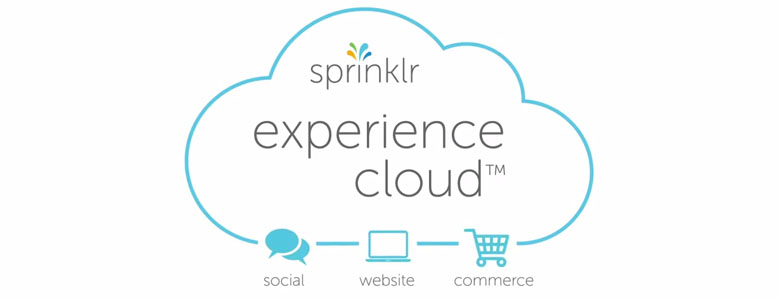A loyal customer of more than five years has an issue with one of your products. She tweets at your brand, hoping for a quick resolution. Your community manager replies, providing her with the email address of your customer care department. But when the customer contacts you, your system sends her the typical automated “we’ll be back to you in the somewhat near future” message. Unsatisfied, she picks up the phone. After being “ping-ponged” from one department to the next, she’s finally connected to a live agent. This person, however, informs her that she’ll have to stop by a physical store to resolve the issue.
When this frustrated customer walks into your store, does the clerk at the door know about her rather long and arduous journey? Does the store associate know this customer might never come back again?
This is the reality facing many companies today. And this problem will only get worse if businesses continue to operate per usual.
Here is the issue.
Most companies rely on function-based technologies. There is a marketing cloud, a customer service cloud, a sales cloud – the list goes on. Each one supports a specific internal function within a large enterprise.
Customers, however, are need-focused. They couldn’t care less about how a brand’s internal functions operate. They don’t care if they reach the marketing department, or customer service department, or any other department for that matter. They just want their issues solved and needs addressed.
They expect a brand to have all the necessary information (complete and available) to provide support in the way that’s most convenient to them, the customer. Furthermore, they want brands to go above and beyond basic customers service standards. They and expect not only to be served, but to be delighted.
Today’s customers expect nothing short of a remarkable experience.
What defines a good customer experience, you ask? According to Forrester Research, customers measure experiences based on the following three qualities:
- effectiveness (customers get value from the experience)
- ease of use (customers get value without difficulty)
- and emotion (customers feel good about the experience)
Are you delivering customer experiences that meet all these qualifications?
I am pretty certain the answer is no. But soon, you won’t have a choice in the matter. In fact, Gartner estimates that by 2016, 89% of businesses will differentiate primarily on customer experience.
That is why the Experience Cloud is the future of digital transformation. It’s the key to moving from channel-dependent technologies to a customer-first, silo-busting, experience-driven world.
Experience Cloud is an infrastructure that allows brands to create valuable, frictionless experiences for their customers. It is the technology that will build bridges between internal departments/functions – e.g. marketing, customer service, sales, PR, IR, HR – in a meaningful way to allow for a 360-degree view of the customer.
A marketing cloud isn’t enough anymore. Neither is a sales cloud, or a customer service cloud for that matter.
If businesses truly seek to achieve digital transformation and succeed at omni-channel marketing, they’ll need an end-to-end infrastructure that spans across the entire customer journey. Digital transformation – engaging digital consumers at every touchpoint in the customer experience lifecycle – requires three unification pillars: unified customer profiles, unified analytics, and a unified brand voice.
That is what the Experience Cloud is all about.
Originally posted on Inc.


Looks promising! This Experience cloud seems to be an important asset in marketing and promotion of the business.